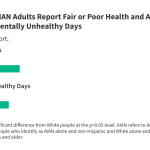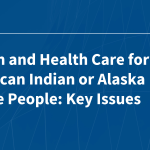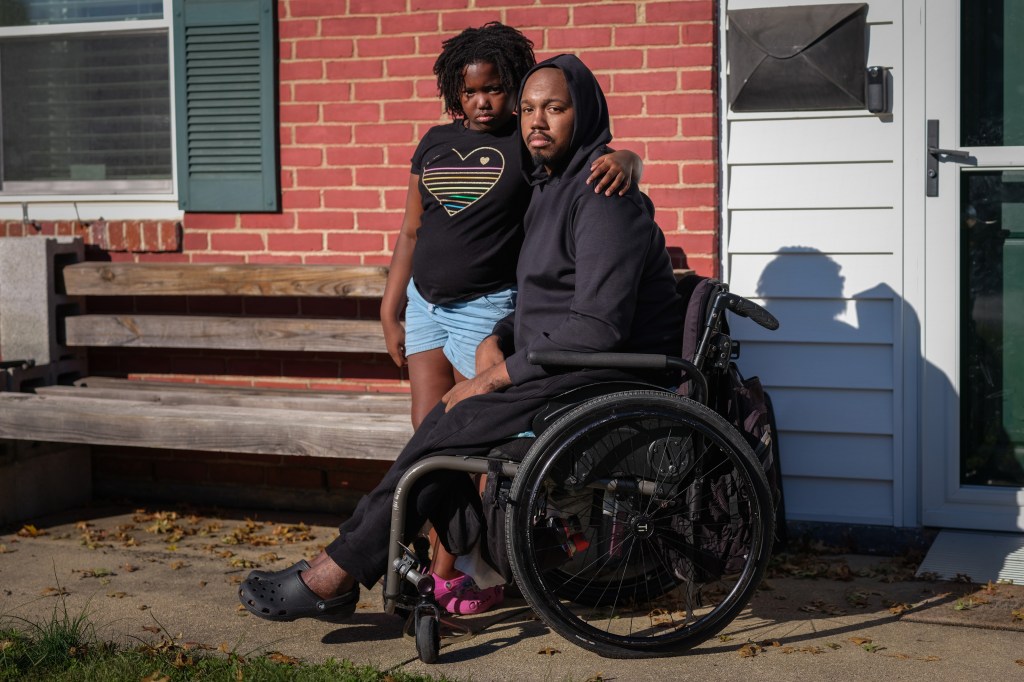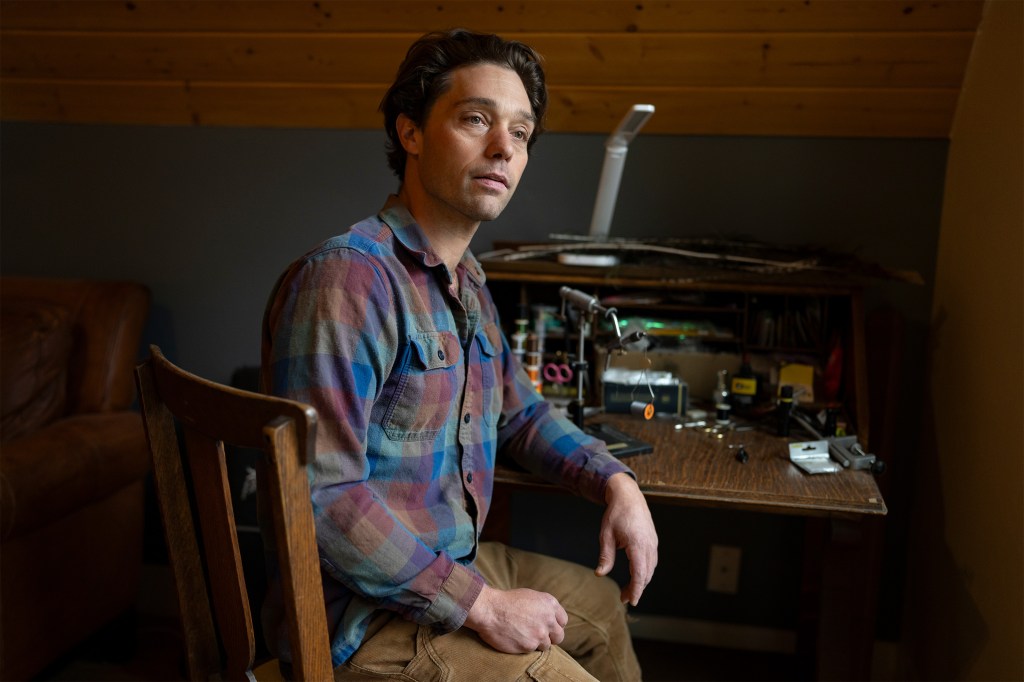Most health economists people know quality adjusted life years (QALYs) are. But why are they so widely used in the United Kingdom, but not in the United States? A paper by MacKillop and Sheard (2018) provides an interesting history of the QALY and is worth a read.
For QALYs to be useful there first had to be an acute policy need. In the UK in the 1960s and 1970s, there was:
In the late 1960s and early 1970s, the UK experienced economic shocks, including the international OPEC oil crisis. The cost of healthcare increased because of a number of factors. These included the expense of innovations in health technology such as organ transplants and renal dialysis, and the impact of an ageing population, who had more healthcare needs. Between 1960 and 1982, average real-term spending on healthcare ranged from 3.9% to 5.9% of GDP, with two clear increases during the mid-1970s…The concerns about the viability of the NHS have been present from its creation and regularly surfaced through investigations such as the Guillebaud Committee on the cost of the NHS (1953–1956) and the Hinchcliffe Committee on the cost of prescribing (1957–1959). There was however a clear increase in attention from the late 1960s, stimulating studies on efficiency and cost-effectiveness. The first major reorganisation of the NHS in 1974 was one result of this chronic concern.
Thus, we have a need for health care prioritization. However, do we have the tools to measure health benefits and conduct rigorous cost-benefit analyses? Starting in the 1960s, the answer was ‘yes’.
Earlier in the 1960s, researchers had become interested in standardising the description of individuals’ health states and scoring them in order to rank them on a scale of severity (Katz et al., 1963), although some studies moved towards devising comprehensive models based on mathematics, such as those combining morbidity and mortality (Chiang, 1965). From the late 1960s, a final key move was made towards cardinal measurements to order states of illness as well as quantify their undesirability (see Rosser, 1983)…
Klarman et al. (1968) published a key article articulating the idea of the QALY whilst Bush et al. (1972) were the first to use the term ‘QALY’ (see also Weinstein and Stason, 1977; Zeckhauser and Shephard, 1976).
Now there is a need and some tools, but did the UK government actually have sufficient economics expertise to implement a quantitative approach for prioritizing health care spending? In the early 1960s the answer was ‘no’, but increasingly through the 1970s, the answer was ‘yes’.
To understand the slow maturation of QALY as an accepted outcome measurement, it is necessary to understand the growth of economics within Government, which Jeremy Hurst observed first hand (Hurst, 1998). Until 1964, when the Government Economic Service (GES) was created – a Treasury body that recruited economists for deployment across Departments –, few economists worked in Whitehall (Allan, 2008). When Wilson’s Labour government was elected in 1964, only 25 full-time economists were employed. Five years later, there were just under 200 and this number doubled between 1970 and 1977…
Government economists were increasingly called upon by the ‘Top of the Office’ (senior civil servants) in DHSS to apply their analytical skills to an increasing number of topics such as providing criteria for priority setting major capital schemes in District General Hospitals…economic analyses, especially cost-effectiveness analysis, became embedded in DHSS [Department of Health and Social Security].
The advent of the Health Economists’ Study Group (HESG)–which was founded in 1972–helped bring together academics, government economists and others into sharing ideas and research.
However, would the public accept this relatively ‘wonky’ measure? Media interest helped drive acceptance of the QALY beyond just academics on bureaucrats and towards politicians and the general public.
Newspaper headlines such as ‘Who lives and who dies’, “A game of chance” (The Times, 21 December 1987) and “Health care roulette” (The Guardian, 5 November 1986) (Ashmore et al., 1989, pp.70–71) were growing. On 16 October 1986, [Alan] Maynard appeared on Dimbleby’s ‘This Week’ on ITV to discuss QALYs with a neonatal intensive care doctor. The same week, he took part in an ITV game show entitled ‘The Life and Death Game’, which used ideas of priority-setting and opportunity costs (Ashmore et al., 1989). In ‘The Heart of the Matter’ on BBC One in October 1986, a fictional health authority was given £200,000 for its population, and had to decide whether “it would get 10 QALYs from dialysis of kidney patients, 266 QALYs from hip-replacement operations or 1197 QALYs from anti-smoking messages” (Harris, 1987).
Would physicians agree to use QALYs for resource allocation decision? While many physicians were (and still are) resistant to the use of the QALY, there was growing acceptance in the late 1980s and throughout the 1990s in the UK.
David Grimes, a doctor at Blackburn Infirmary…suggested that QALYs could help make decision-making more open by allowing “lay members of health authorities to decide how to spend their inadequate amounts of money in a way that gives the greatest benefit to society”…
The epidemiologist Alwyn Smith wrote an article for the Lancet under the title ‘Qualms about QALYs’ (Smith, 1987, p.1135). Although he supported the health economists’ view that there were “more potentially beneficial health-care procedures than we have resources to carry out” and a lack of data to inform decision-making, he judged QALYs unfeasible because of the great philosophical and theoretical difficulties that would come from having to decide which patient to treat.
Then the question was, even if there is public support, could politicians create an institution to ration care based on QALYs? The first entity to due so was not National Institute for Health and Care Excellence (NICE), but another, less well known body.
….economists, medical professionals and NHS managers …[set up]…what may be termed the precursors of NICE, the Development and Evaluation Committees (DECs) from 1991, in which QALYs were operationalised, bringing together “a group of the health authorities trying to make decisions on what technologies, in the widest sense, to invest in their patch”…Similar groups appeared in the Trent region and later the West Midlands,
These DECs, however, had “limited fire power” as they were not national in scope and had limited resources. Not until the creation of NICE in 1999 under Tony Blair did the use of QALYs for rationing health care come fully into effect in the UK.
Much more interesting historical information on the development of the QALYs is in the MacKillop and Sheard paper.









